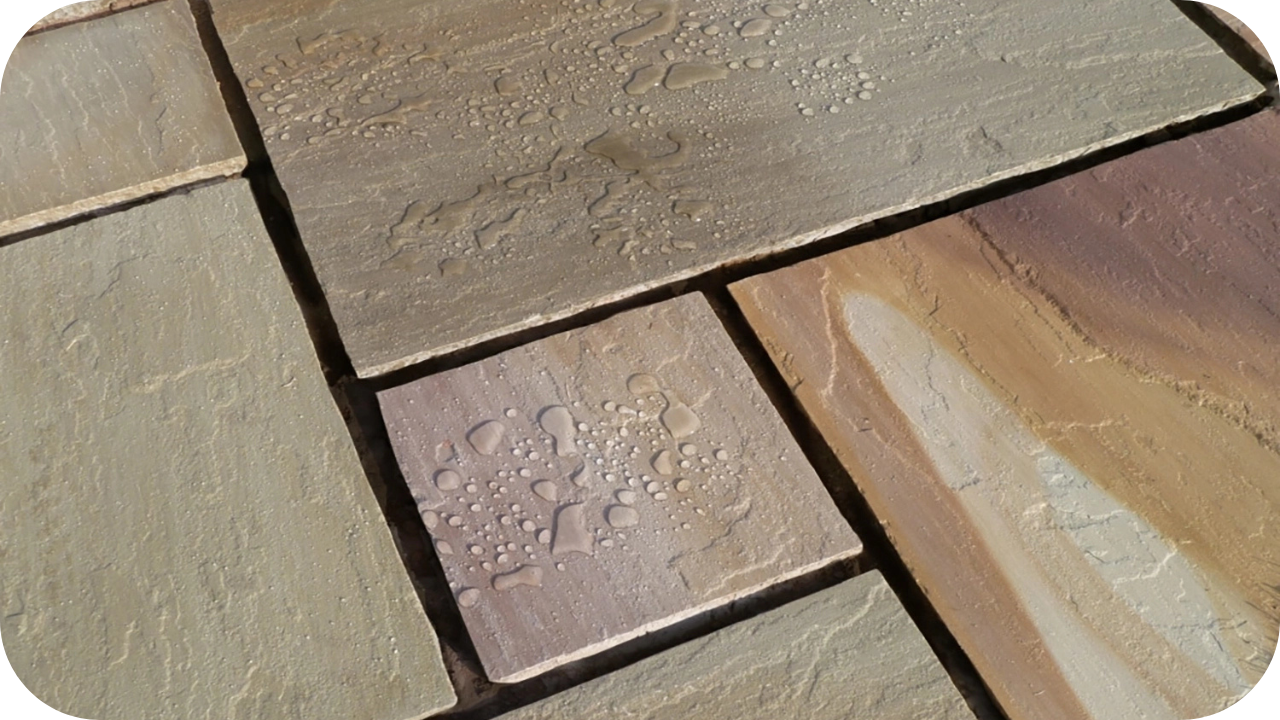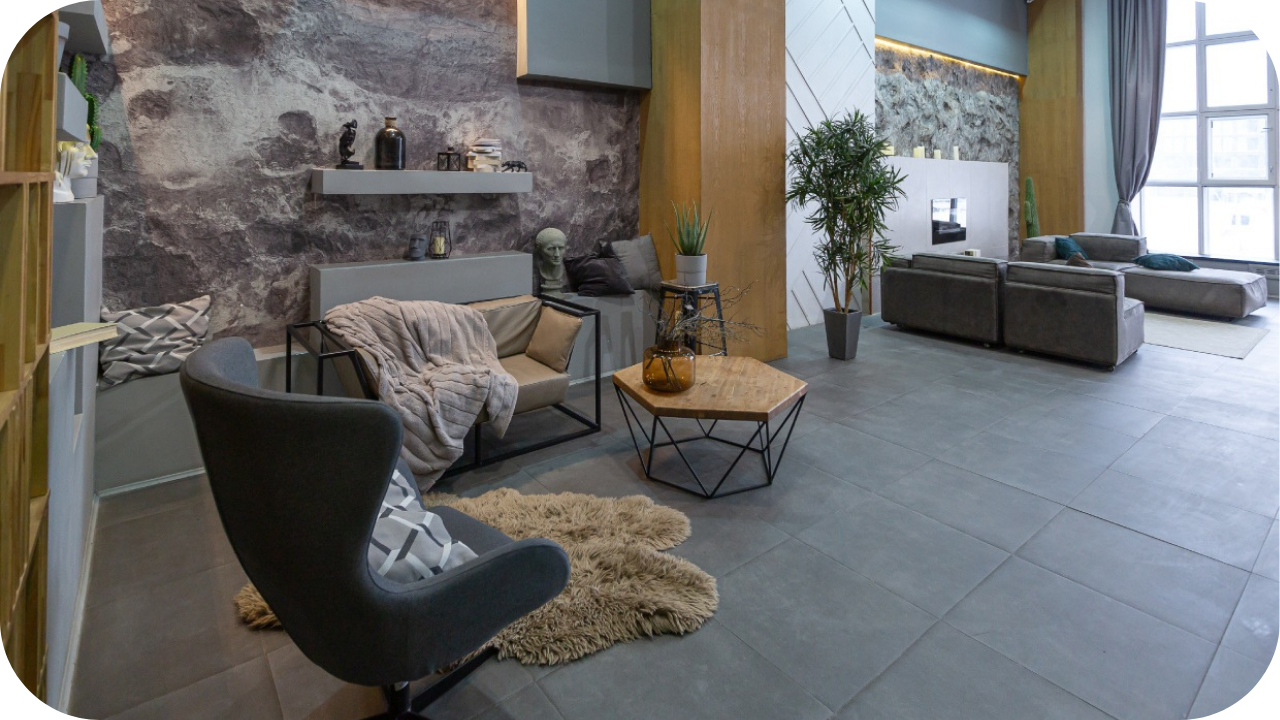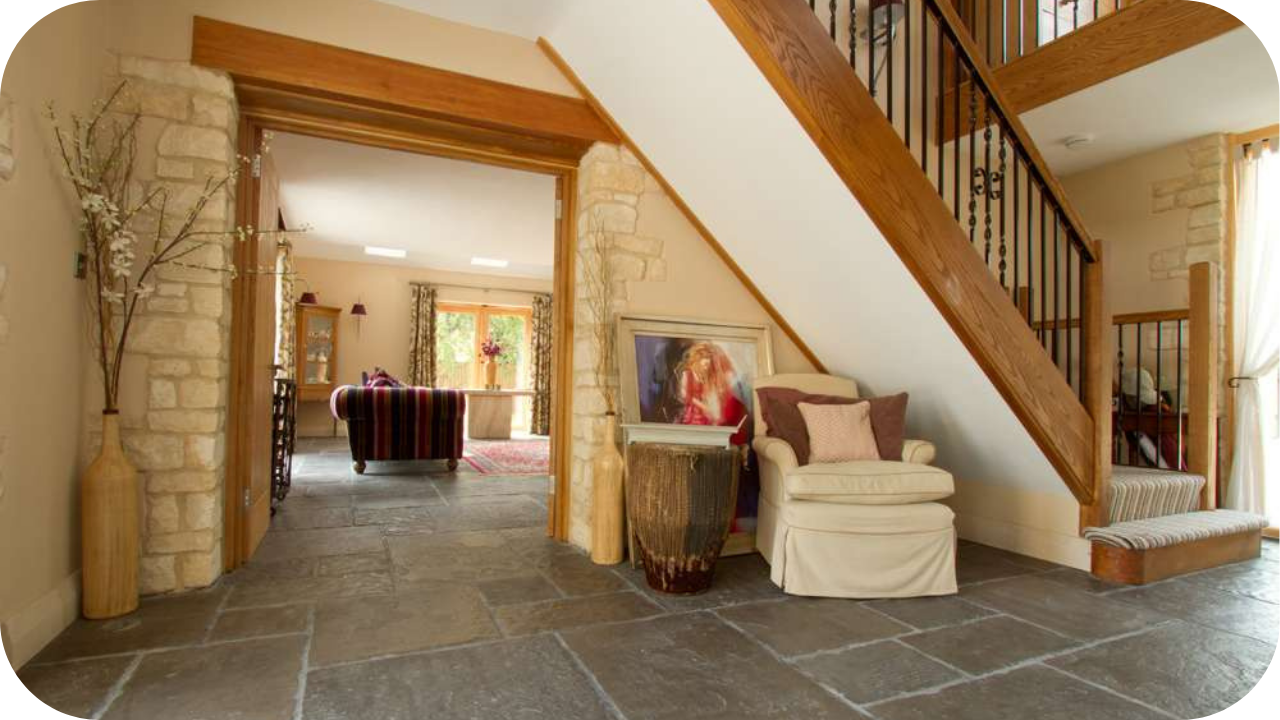
When selecting stone for your home or project, knowing whether it’s porous can make a huge difference. Porosity affects how your stone absorbs water, stains, or cracks over time. But how can you tell if stone is porous?
In this guide, we’ll walk you through simple tests to identify the porosity of your stone and explain why it matters for both maintenance and durability. Understanding this key feature will help you make better decisions for your stone surfaces.
What Is Porosity in Stone?
Porosity in stone refers to the presence of tiny pores or holes within the material. These pores can absorb liquids or gases, affecting the stone’s durability, appearance, and maintenance needs. The more pores a stone has, the more porous it is.
Stones like sandstone, limestone, and certain types of marble tend to be more porous, while granite and slate are generally less porous. Understanding porosity is crucial when selecting stone for specific applications, as porous stones may require sealing to prevent staining, water damage, or deterioration.
Additionally, porosity plays a role in the stone’s strength, as excessive moisture absorption can weaken the material over time.
How to Test If Stone Is Porous: Simple Methods
Testing the porosity of stone is a straightforward process that requires minimal tools. Here are some simple methods to help you assess the porosity of your stone:
1. Water Drop Test: A Quick Way to Check Stone Porosity
Place a few drops of water on the stone’s surface. If the water absorbs quickly, it indicates the stone is porous.
However, the stone is likely non-porous if the water beads up or stays on top. This simple test offers a quick and effective way to determine if the stone requires sealing or special moisture protection care.
2. Absorption Test: Assess How Easily Liquids Penetrate the Stone
Apply water to the stone’s surface using a clean cloth or sponge. Press and hold it for a few seconds. If the fabric absorbs the moisture, the stone is porous.
If the water remains on the surface without soaking in, it suggests the stone is non-porous. This test helps assess how easily liquids penetrate the stone, which is crucial for determining its maintenance needs.
3. Scratch Test: Determine Porosity Through Surface Resistance
Gently scratch the surface of the stone using a pointed object. If the stone crumbles or shows signs of moisture absorption, it suggests a higher porosity.
Non-porous stones typically have a more complex, more resistant surface. This test can help identify the stone’s porosity, particularly for softer or more fragile materials, and guide proper care and treatment.
Common Types of Porous Stones
Several types of natural stone are known for their porosity. Here are some of the most common porous stones:
1. Sandstone: Highly Porous and Prone to Staining
Sandstone is one of the most porous stones, which makes it prone to absorbing moisture and stains. Its rough texture is often used in landscaping and outdoor paving projects.
However, its high porosity requires sealing to prevent water damage and maintain its appearance over time, especially in areas exposed to the elements.
2. Limestone: A Beautiful Yet Absorbent Stone
Limestone is another highly porous stone that absorbs water quickly. This characteristic can lead to weathering, especially in outdoor applications.
Commonly used in construction and architecture, limestone must be sealed to avoid damage from moisture and staining.
3. Marble: Elegant But Prone to Stains and Etching
Although renowned for its elegance, Marble is somewhat porous, particularly in its polished varieties. It can absorb liquids like water, oil, and wine, leading to potential stains and etching.
Marble countertops and floors, commonly found in kitchens and bathrooms, require regular sealing to protect against moisture and preserve their natural beauty for years.
4. Granite: A Low-Porosity Stone That Still Needs Sealing
Granite is a dense, durable stone less porous than sandstone and limestone. Although more moisture-resistant, granite still benefits from sealing, particularly in high-traffic or moisture-prone areas like kitchens and bathrooms. Sealing granite helps maintain its natural beauty while protecting it from stains and wear.
5. Travertine: Naturally Porous and Prone to Absorption
Travertine has a naturally porous, honeycomb-like structure that makes it highly absorbent. It is commonly used for flooring, backsplashes, and countertops.
Because of its porosity, travertine requires sealing to protect against liquids, dirt, and staining. It can deteriorate quickly without proper care, especially in high foot traffic or wet conditions.
6. Slate: Durable Yet Benefiting from Sealing for Moisture Resistance
Slate is a low-porosity stone that resists moisture and is often used for roofing, flooring, and countertops.
While it is not as porous as other stones, slate still benefits from sealing, especially in areas exposed to heavy moisture or humidity.
How to Protect Porous Stones from Damage
Porous stones can add beauty and elegance to any space, but without proper care, they can be easily damaged by moisture, stains, and wear. Here are some essential steps to help you protect your porous stone surfaces and ensure they stay in top condition for years to come:
- Sealing porous stones: The most effective method to prevent liquid absorption. Stones like limestone, sandstone, and travertine are particularly vulnerable, but using a high-quality stone sealant creates a protective barrier, reducing moisture penetration and preventing staining or damage. Select the appropriate sealant based on the stone type and its intended use.
- Regular cleaning of porous stones: Essential for long-term preservation. Use pH-neutral cleaners that are safe for natural stone, as harsh chemicals can break down the surface and the sealant. Always wipe up spills promptly to prevent stains and water damage.
- Reapply stone sealant every 6–12 months: Particularly in moisture-prone areas such as kitchens, bathrooms, or outdoor settings, to ensure continuous protection against water damage and staining.
- Use mats or protective pads: Under furniture, in high-traffic areas, and near sinks or showers to minimise wear and tear on porous stone surfaces.
- Avoid acidic substances: Acidic liquids such as vinegar, citrus, or wine can damage porous stones, leading to surface etching and stains. Clean up any spills immediately to prevent permanent damage.
- Control humidity levels: High humidity can increase the porosity of some stones, leading to moisture absorption and damage. Use dehumidifiers in areas with high moisture levels to protect your stone surfaces.
- Install proper drainage: In outdoor settings or areas where stones are exposed to heavy water, ensure proper drainage to avoid standing water on the surface, which can seep into the stone and cause deterioration.
Why Choose Splendour In Stone Services
Regarding premium natural stone, Splendour In Stone is your trusted partner for quality and craftsmanship. Here’s why choosing our services will elevate your project:
- Premium Stone Selection: We offer an extensive range of high-quality natural stones, including marble, granite, and limestone, carefully sourced for their durability and aesthetic appeal.
- Expert Guidance: With years of industry experience, our team provides professional advice to help you select the right stone for your project needs.
- Customised Solutions: We focus on delivering tailored stone options that align with your design vision and functional requirements, ensuring the perfect fit for your space.
- Commitment to Quality: All stones are responsibly sourced, ensuring superior quality that enhances your property’s appearance and value.
- Customer-Centric Service: Our customer-focused approach ensures a smooth experience from selection to installation, providing ongoing support and attention to detail.
- Residential & Commercial Projects: Whether a home renovation or a commercial development, Splendour In Stone offers reliable, high-quality solutions for any project scale.
- Timely Delivery: We prioritise efficiency, ensuring your stone products are delivered on time and to your specifications and keeping your project on track.
- Sustainable Practices: We are committed to sustainability, sourcing stones with minimal environmental impact and ensuring eco-friendly practices.
Conclusion
Knowing whether your stone is porous is crucial for preserving its beauty and durability. You can quickly assess its porosity by performing simple tests such as the water drop, absorption, and scratch methods.
Don’t wait. Take the necessary steps to protect your stone with the right sealing and care. Contact Splendour In Stone today for expert advice and solutions tailored to your needs.
More To Explore

Natural Stone Features That Will Transform Your Living Room
Natural stone elevates any living room with elegance, texture, and timeless appeal. Its versatility allows it to enhance both modern and traditional spaces. From stone

How to Mix Natural Stone with Minimalist Design
Combining natural stone with minimalist design creates a timeless and sophisticated look. The sleek, clean lines of minimalism paired with the elegance and texture of


